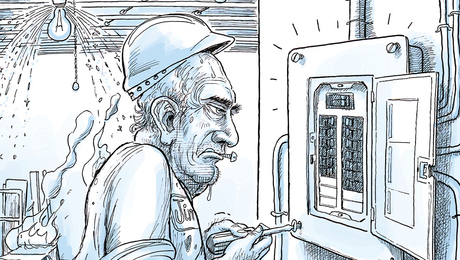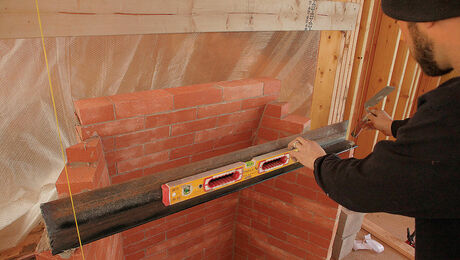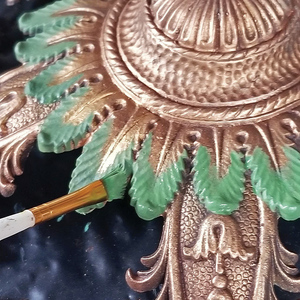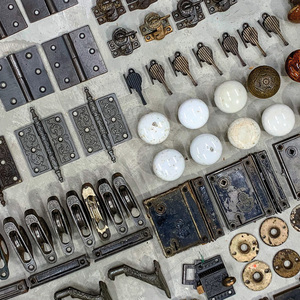When removing old silicone caulk around tubs, etc. there is a residue left that will not accept new caulk. Even new silicone caulk will not stick to this residue. I called DAP and they did not have an answer. The commercial caulk removers state they are for latex/latex rubber caulks, but not for silicone. Has anyone found a solution? Thanks!
Discussion Forum
Discussion Forum
Up Next
Video Shorts
Featured Story

Dangerous electrical work and widespread misconceptions cause fires, deaths, and $1.5 billion in property damage annually.
Featured Video
Video: Build a Fireplace, Brick by BrickHighlights
"I have learned so much thanks to the searchable articles on the FHB website. I can confidently say that I expect to be a life-long subscriber." - M.K.
Fine Homebuilding Magazine
- Home Group
- Antique Trader
- Arts & Crafts Homes
- Bank Note Reporter
- Cabin Life
- Cuisine at Home
- Fine Gardening
- Fine Woodworking
- Green Building Advisor
- Garden Gate
- Horticulture
- Keep Craft Alive
- Log Home Living
- Military Trader/Vehicles
- Numismatic News
- Numismaster
- Old Cars Weekly
- Old House Journal
- Period Homes
- Popular Woodworking
- Script
- ShopNotes
- Sports Collectors Digest
- Threads
- Timber Home Living
- Traditional Building
- Woodsmith
- World Coin News
- Writer's Digest


















Replies
Lacquer thinner, and elbow grease. If you are courageous you can use it in combination with some 0000 steel wool. I usually just use a rag, and scrub real hard.
A heat gun works well also if the residue is thick enough.
--------------------------
It's only satisfying if you eat it.
Edited 2/5/2006 8:39 am ET by dustinf
Thanks! I've used steel wool on other substates but I don't want to scratch the porcelain on the tub.
I wouldn't use steel wool either, but you might want to try ScotchBrite and lacquer thinner. I think ScotchBrite is basically nylon and it doesn't seem to scratch porcelain.
-Don
There are some caulk remover that are speced for silicone. I think that both Dow and GE has some.
But I have never used them. However if silicone caulk is "sensitive" to petroleum produce.
I have used Goof-Off. It does not desolve the silicone, but cause it to swell up and become a soft gel.
You still need to scrap it, but it is much easier. I use a utility knife, plastic scraper, fiberglass brush, etc.
And when you get it off then wet a rag with the goof off and wipe over it a couple of times. That will get that little film off that you can't see, but can still feel.
I think I remember reading a FHB tip about using acetone on old caulk. If memory serves me correct, the tipster suggested soaking acetone in a rope and setting it on the caulk in question with plastic covering it to stop evaporation. I can't remember if the caulk in the tip was silicone or acyrilic. I would try a test spot first. Maybe someone else remembers more details.
Hope this helps.
second acetone - many a time the client's nail polish remover is close by
at,
Permatex makes a product that is for removing silicon gasket sealer. It is called Permatex Silicon Stripper Gasket Remover. I have not tried it, but it should ba available at most larger automotive parts stores.
Bill Koustenis
Advanced Automotive Machine
Waldorf Md
Thank You! I will try it out this week.